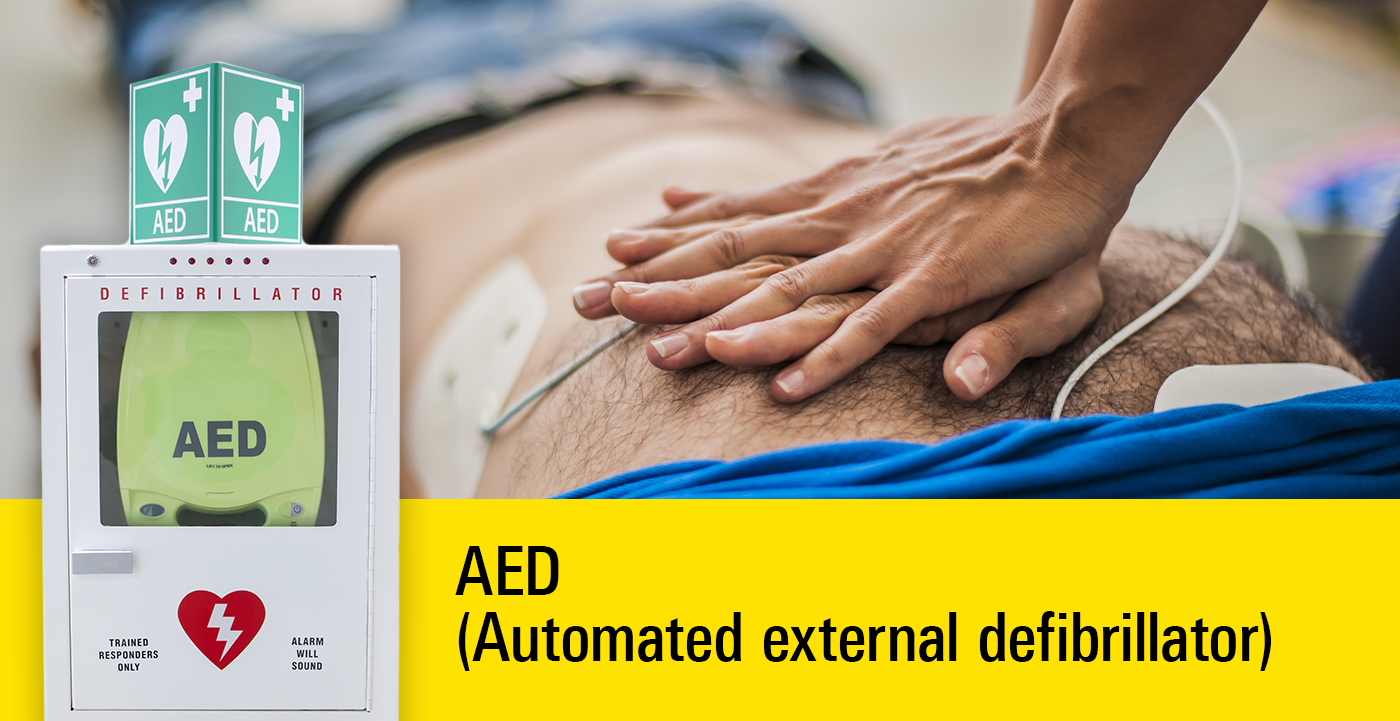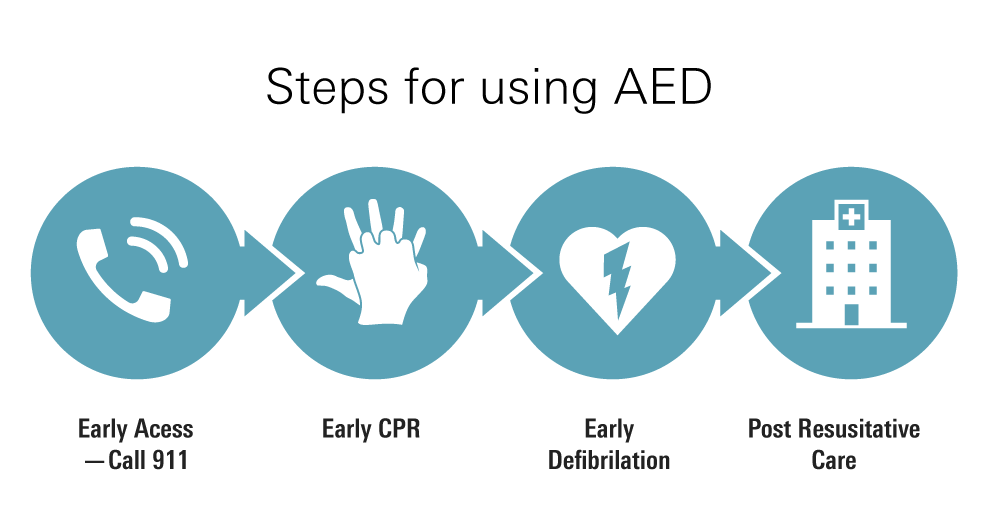Extreme Exercise and Heart Health
Raju Srivastava, a renowned comedian, and actor, recently passed away after experiencing a heart attack while exercising in a gym. Unfortunately, this is not unheard of.
There have been various reports of healthy individuals, with no history of heart disease, abruptly suffering from a heart attack while engaging in intense workouts, whether it be on a treadmill or another machine. But why is that?
How are your heart health and extreme exercise related?
As you may already know, extreme demands are generally placed on your cardiovascular system during long-term, intense exercise.
Over a 25-year timeframe, researchers examined the relationship between the trajectory of physical activity and coronary artery disease development.
According to these findings, individuals who exercised more than recommended by the national physical activity guidelines were more likely to develop coronary artery calcium (CAC) by middle age.
The coronary artery calcium (CAC) score, which is assessed during a CT scan, determines how much calcified plaque is present in your arteries, which is significant because coronary plaque is the primary underlying factor in atherosclerotic cardiovascular disease (ASCVD), including heart attacks and strokes.
As specified by these findings, you have a higher chance of developing coronary artery calcium (CAC) if your physical activity levels are at least 3 times higher than those recommended. This corresponds to 3 times the suggested weekly amounts of 75 minutes of intense exercise or 150 minutes of moderate activity (i.e. walking and/or at-home exercising).
Additionally, this study discovered that white participants in the intense exercise group had an 80% greater likelihood of developing coronary artery calcium (CAC), indicating that the risks associated with extreme exercise were more pronounced in Caucasian participants. Furthermore, Caucasian men were more affected than Caucasian women by the impacts.
Based on another study conducted on marathon runners, athletes’ blood tests were shown to retain biomarkers linked to heart disease even after they had completed intense running.
Such damage indicators typically disappear on their own, however, if your heart experiences repeated bouts of intense physical pressure, the temporary damage may result in alteration of your heart or other physical effects, including thicker heart walls and/or scarring. Many studies have indicated that, in those with underlying heart problems, high-intensity exercise can significantly raise their risk of a heart attack or sudden cardiac death.
Heart emergency and AED

Automated external defibrillators, also abbreviated as AEDs, are handheld, life-saving medical devices used to help individuals suffering from an abrupt cardiac arrest, a serious condition in which your heart unexpectedly and abruptly stops beating, potentially causing loss of consciousness or unresponsiveness.
This device also features electrical sensors that may be used to shock your heart back into rhythm if it has stopped or is beating erratically.
Although there are no federal rules requiring AEDs in particular settings, some gyms may still provide them for safety purposes.
How is an AED used?

AEDs are designed for usage by inexperienced individuals and include audio prompts and step-by-step directions.
Assuming it's determined that the unresponsive individual's respiration and pulse are missing or erratic, anybody who observes a collapse may use an AED.
You should dial 911 prior to using the AED so that paramedics can arrive. If an AED is needed right away, someone should start CPR while another person runs to acquire the nearest AED available.
Prior to using the AED, you should look for water puddles or shift the unresponsive individual to a dry place.
You will be instructed to reveal the unresponsive individual's chest and place the sticky pads with an electric sensor on the chest. With the help of these sensors, the device analyzes heartbeats and alerts you when an electric shock is necessary, informing you to press a button.
The AED will then prompt you to perform CPR until emergency medical help arrives after administering a shock, or it may instruct you to administer another shock 2 minutes later.
- Laddu, Deepika R., et al. “25-Year Physical Activity Trajectories and Development of Subclinical Coronary Artery Disease as Measured by Coronary Artery Calcium: The Coronary Artery Risk Development in Young Adults (Cardia) Study.” Mayo Clinic Proceedings, vol. 92, no. 11, 2017, pp. 1660–1670., https://doi.org/10.1016/ j.mayocp.2017.07.016.
- McCullough PA; Chinnaiyan KM; Gallagher MJ; Colar JM; Geddes T; Gold JM; Trivax JE; “Changes in Renal Markers and Acute Kidney Injury after Marathon Running.” Nephrology (Carlton, Vic.), U.S. National Library of Medicine, https://pubmed.ncbi.nlm.nih.gov/ 21272132/.